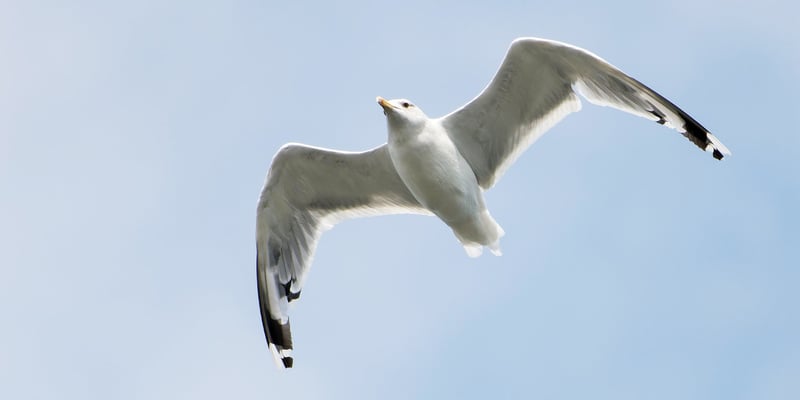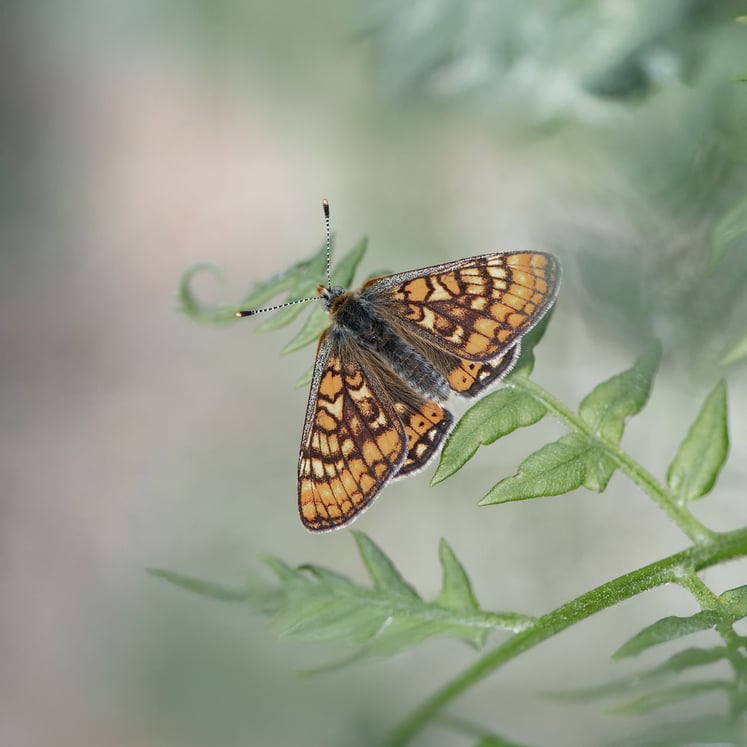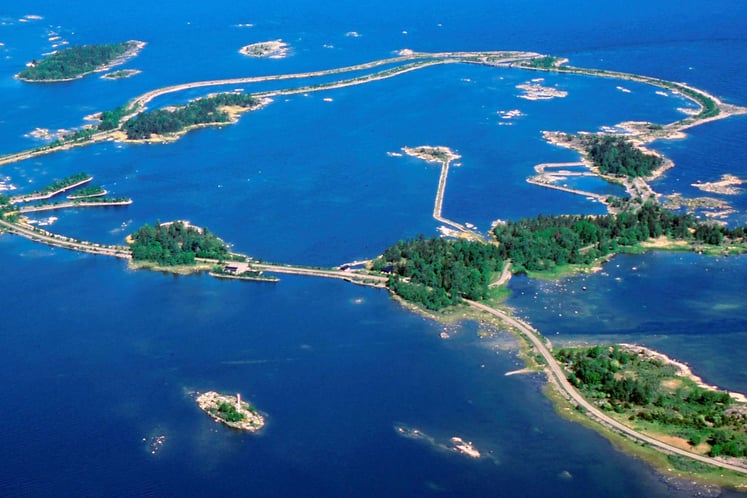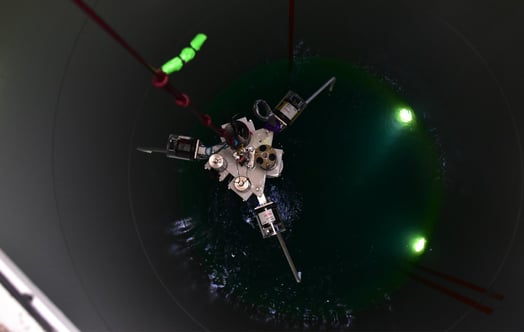Adapting flight paths: a study on seabird behaviour around wind turbines
Flight behaviour is another topic that has been studied as part of the European Offshore Wind Deployment Centre (EOWDC) research and monitoring programme.
Short facts
- Aberdeen Bay, Scotland
- Seabirds (gannets, kittiwakes, and herring gulls)
- Document the effect of the wind farm on seabird flight patterns
- 2019–2022
Using a combined radar and video tracking technology, the study collected data on seabirds – such as gannets, kittiwakes, and herring gulls - to observe how they adjusted their flight behaviour to the presence of wind turbines during the breeding and post-breeding periods.

The study area is home to numerous coastal seabird, with birds commuting to offshore feeding areas that sometimes lie near the wind farm. Results showed that seabirds actively avoided flying near the turbines and frequently adapted their flight paths to avoid crossing the rotating blades.
The final report is available here: Final report
More about biodiversity
Biodiversity and nature protection are a priority at Vattenfall. It is one of the focus areas in our environmental policy and therefore also a central part in our environmental work.

How we make a difference for nature
Biodiversity is an important and integrated part of our work. Here, we show concrete examples of how we care for nature through our projects.




